Deep Dive into Material Durability for Outdoor Umbrella Stand
 Mar 04,2025
Mar 04,2025

 Topmax Furniture
Topmax Furniture
Cast Iron: The Time-Tested Titan
Concrete: The Unyielding Foundation
Granite: Nature's Strength and Beauty
Resin: The Lightweight Practicality
Stainless Steel: Sleek and Resilient
Environmental and Design Considerations
Outdoor umbrella stand plays a crucial role in securing patio umbrellas, providing stability against wind and other outdoor elements. However, choosing the right material for parasol umbrella stand is not just about looks—it directly impacts durability, weather resistance, and long-term performance. Common materials used for parasol umbrella stand include cast iron, concrete, resin, granite, and stainless steel. The key to selecting the best option lies in understanding the key considerations and performance metrics of each material, as well as how they hold up against environmental factors such as moisture, sun exposure, and temperature changes.
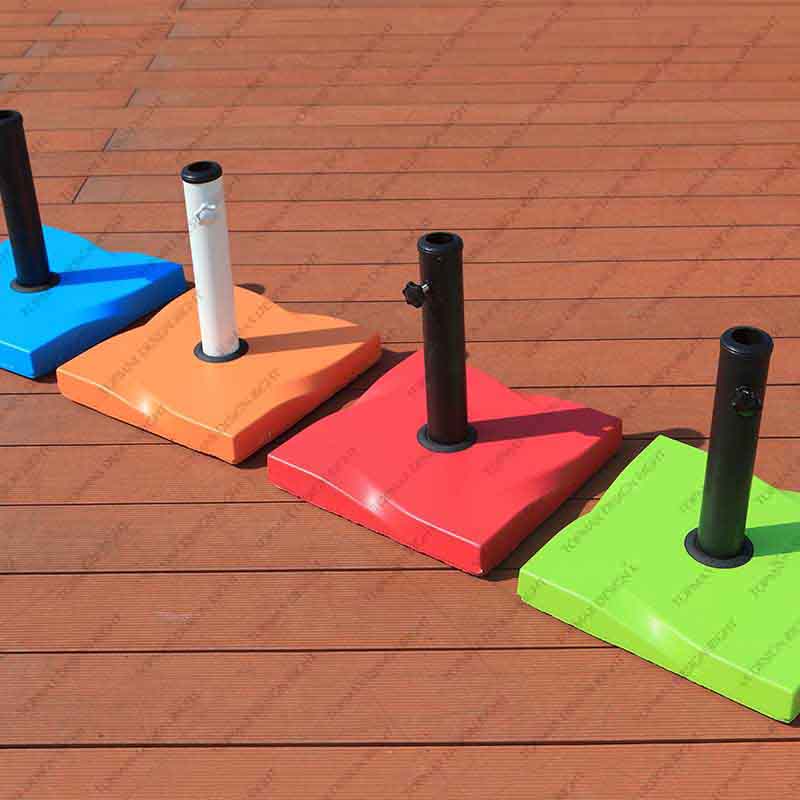
Cast Iron: The Time-Tested Titan
Cast iron parasol umbrella stand as the patriarch of umbrella bases, a material steeped in tradition and physical presence. Forged through centuries of metallurgical refinement, its dense crystalline structure provides unparalleled weight—often exceeding 50 pounds—to anchor even the broadest market umbrellas. In calm, inland environments, a cast iron parasol umbrella stand can endure generations, its matte-black patina blending seamlessly with heritage gardens or rustic patios. The material’s weakness, however, lies in its chemical reactivity. Unprotected cast iron oxidizes relentlessly when exposed to humidity or coastal air, developing rust that compromises structural integrity. Modern iterations address this through powder-coated finishes or rubberized bases, yet maintenance remains non-negotiable: annual touch-ups and indoor winter storage are rituals for preservation. For those willing to embrace its demands, cast iron offers a legacy piece—a steadfast companion for tranquil settings where storms are rare and nostalgia runs deep.
Concrete: The Unyielding Foundation
Concrete parasol umbrella stand is renowned for their exceptional stability, thanks to their heavyweight construction (50 - 70 kg) that resists tipping even in high - wind regions. Their monolithic structure offers natural resistance to UV rays and extreme temperature fluctuations, making them suitable for harsh climates. However, concrete's porous nature requires periodic sealing to prevent mold growth in wet environments. Additionally, while concrete is highly durable under static loads, it lacks flexibility and can crack under sudden impacts or improper installation. This makes it a better fit for permanent installations rather than temporary setups. The material's customizable nature allows for creative designs, blending functionality with visual appeal in both residential and commercial spaces.
Granite: Nature's Strength and Beauty
Granite outdoor umbrella stand embody natural elegance and unparalleled durability. As a natural stone, each piece is unique, showcasing beautiful patterns and colors that enhance the aesthetic appeal of any outdoor space. Granite is highly resistant to weathering, scratching, and heat, ensuring your parasol umbrella stand remains pristine for years. However, its weight can make it challenging to move, and the cost is typically higher than other materials. For those seeking a luxurious, long-lasting option that blends seamlessly with natural surroundings, granite is an excellent choice.
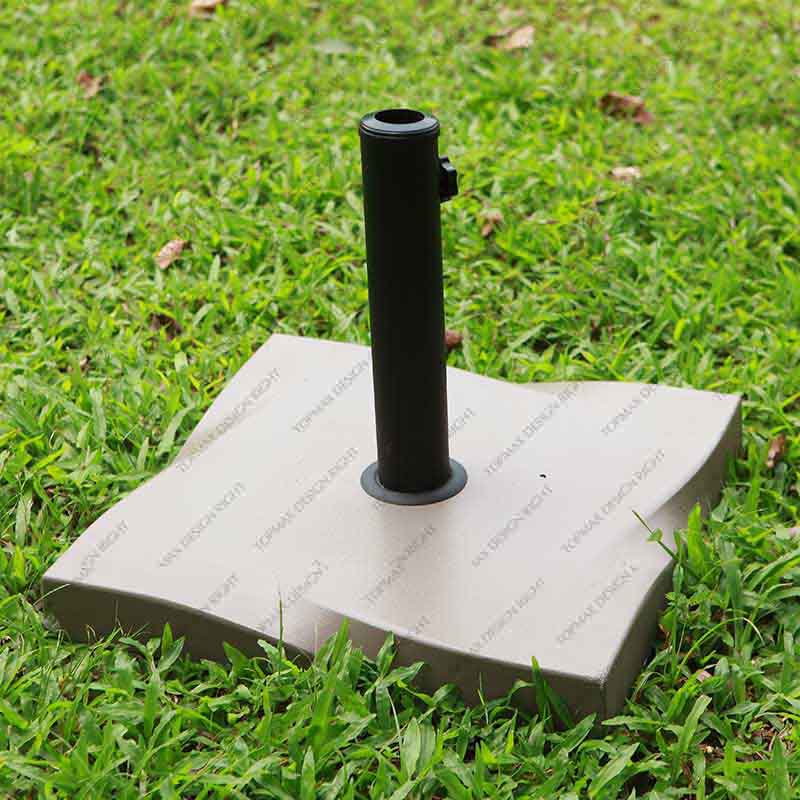
Resin: The Lightweight Practicality
Resin parasol umbrella stand offer a winning combination of affordability and portability, typically weighing 10 - 15 kg. Their UV - resistant and non - corrosive properties make them suitable for various climates, including coastal areas. Resin's flexibility allows for intricate designs and vibrant colors, enhancing outdoor aesthetics without compromising on durability. However, their lightweight design limits their use to smaller umbrellas, as they may not provide sufficient stability in strong winds. While resin parasol umbrella stand require minimal maintenance, their lower impact resistance means they are more prone to scratches and cracks under heavy pressure. This makes them an ideal choice for low - wind residential settings or temporary outdoor arrangements where ease of use and cost - effectiveness are priorities.
Stainless Steel: Sleek and Resilient
Stainless steel outdoor umbrella stand offer a sleek, modern look that complements contemporary outdoor designs. Known for its corrosion resistance and strength, stainless steel can withstand the elements without rusting or deteriorating. It is relatively lightweight yet sturdy enough to provide good stability for your umbrella. The material's smooth surface is easy to clean and maintain, ensuring it looks pristine for years. While stainless steel may be more expensive than some alternatives, its durability and aesthetic appeal make it a worthwhile investment for those who value a polished, modern outdoor space.
Environmental and Design Considerations
Environmental factors play a pivotal role in material selection. Coastal areas with high salt exposure benefit most from stainless steel or resin parasol umbrella stand with UV protection. In windy regions, the heavyweight options like concrete or cast iron provide the necessary stability. For wet climates, non - porous materials such as granite or sealed concrete prevent mold growth, while resin and stainless steel require minimal maintenance in these conditions.

Maintenance requirements vary significantly across materials. Resin and stainless steel parasol umbrella stand demand minimal upkeep, making them ideal for busy lifestyles. Cast iron and concrete, while durable, require regular sealing and painting to maintain their performance. Granite, though highly durable, may require periodic professional cleaning to preserve its luster. The upfront costs range from affordable resin options to premium granite and stainless steel, with long - term savings often favoring the latter due to their extended lifespans.
Selecting the right outdoor umbrella stand material involves balancing durability, environmental factors, aesthetic preferences, and budget considerations. For coastal properties, stainless steel offers the best corrosion resistance, while high - wind areas demand the stability of concrete or cast iron. Resin provides a lightweight, cost - effective solution for low - maintenance needs, and granite adds a touch of luxury to high - end spaces. By understanding the unique strengths and limitations of each material, users can make an informed decision that ensures their outdoor umbrella stand not only performs reliably but also enhances the overall ambiance of their outdoor space.
 Inquire Now
Inquire Now



 Home
Home How to Choose Waterproof Outdoor Sofa for Different Climates
How to Choose Waterproof Outdoor Sofa for Different Climates  You May Also Like
You May Also Like 

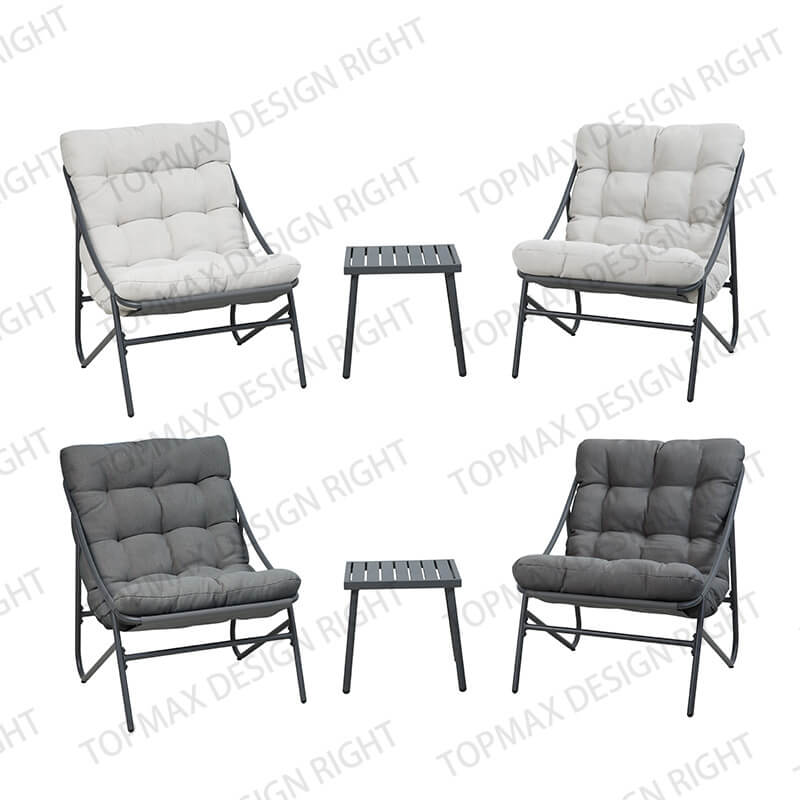
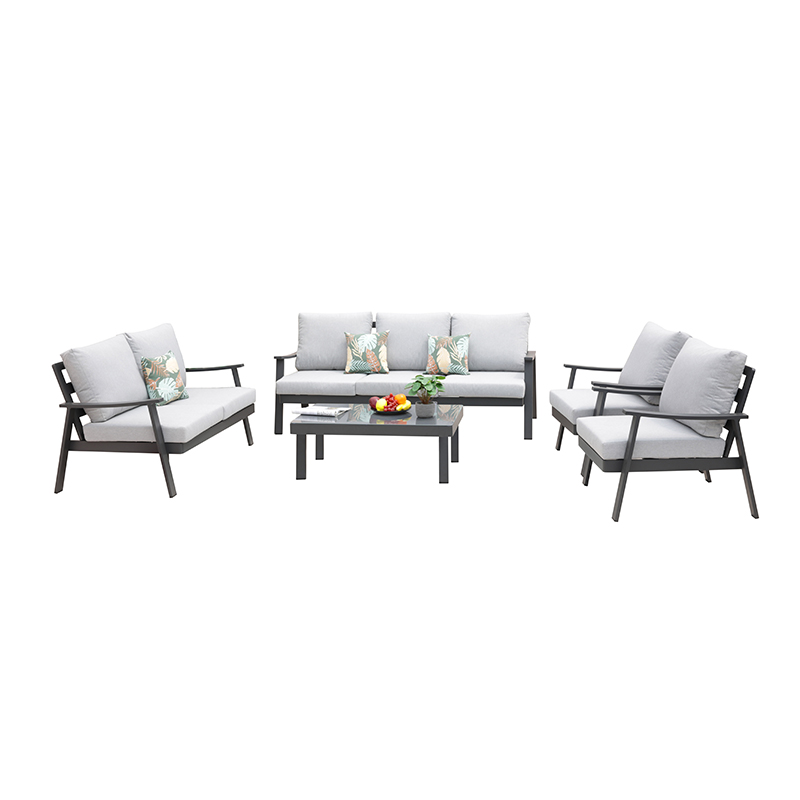

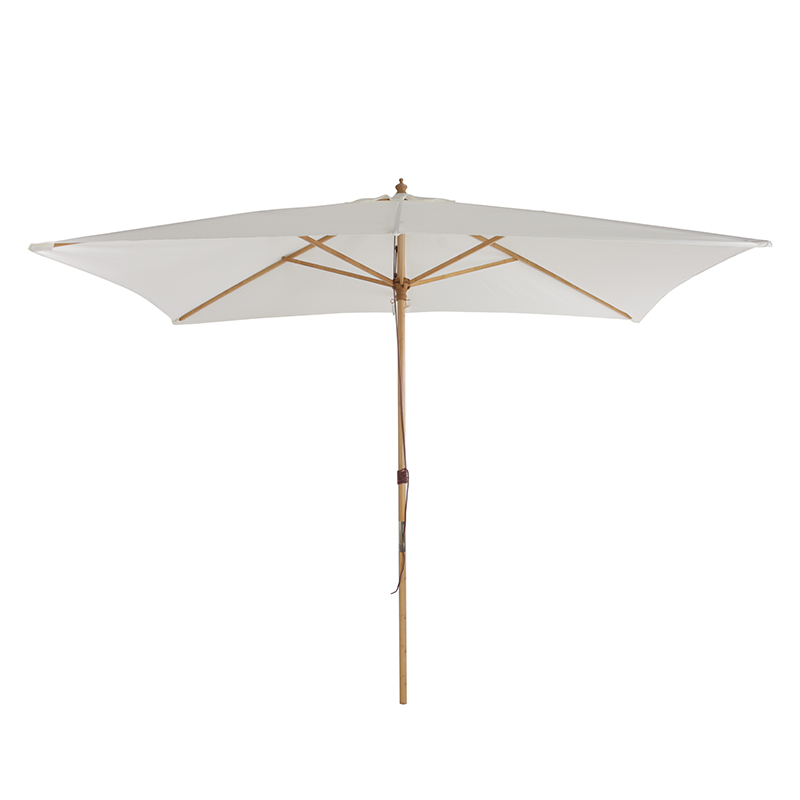
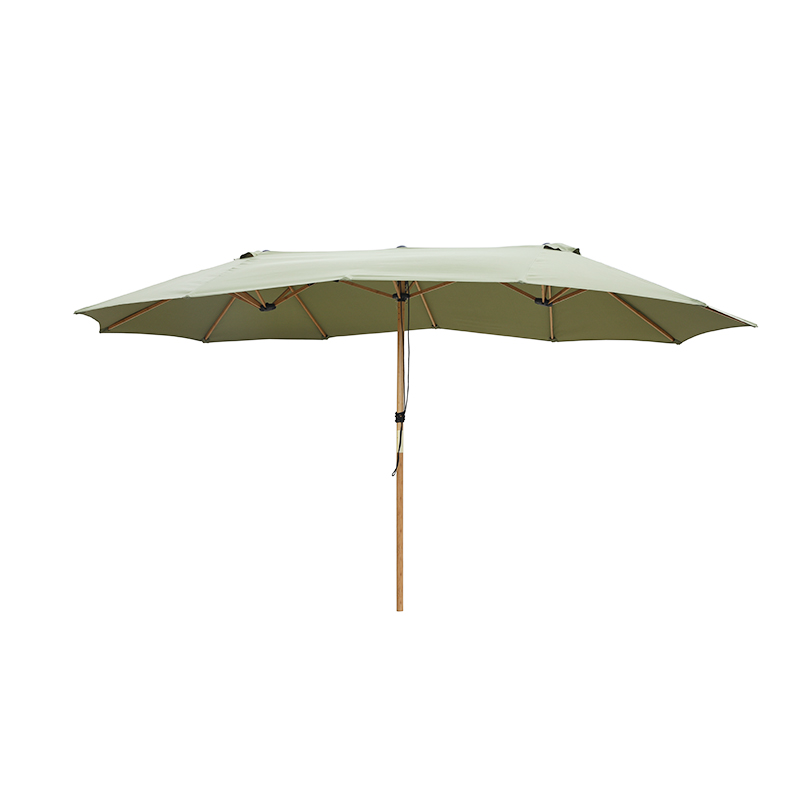

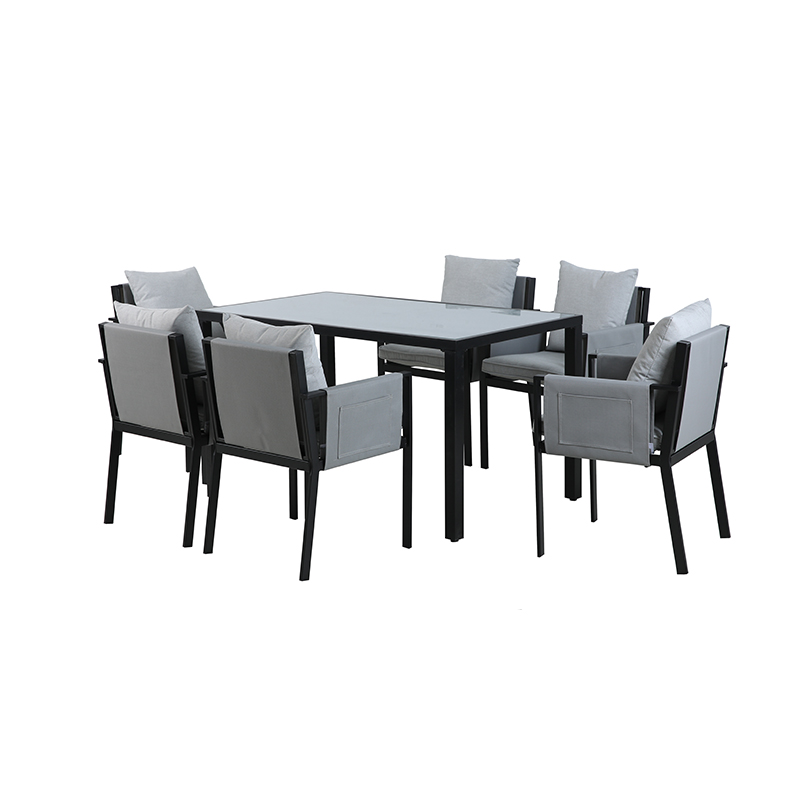
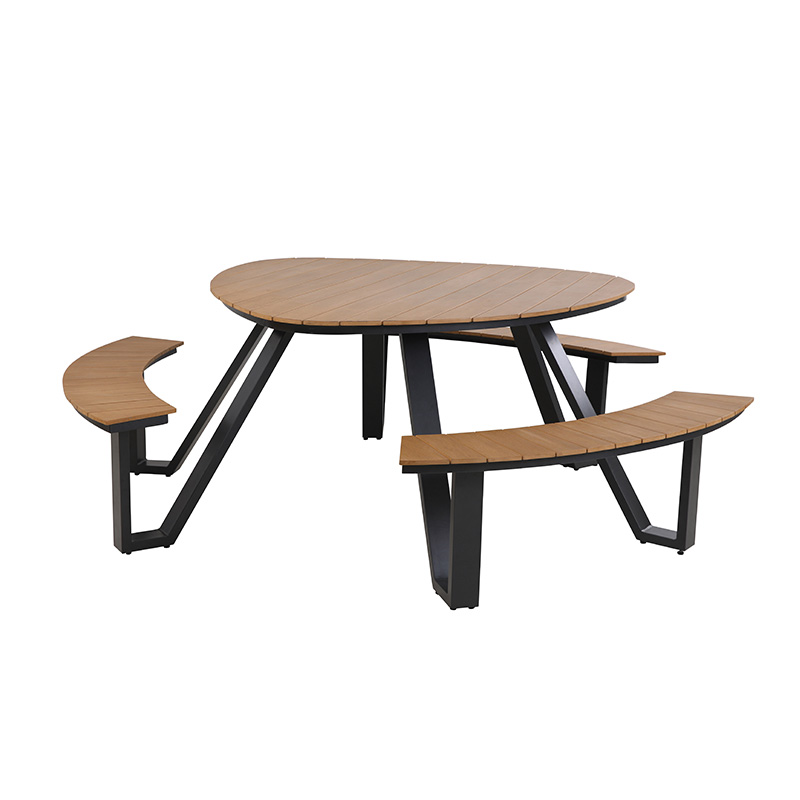
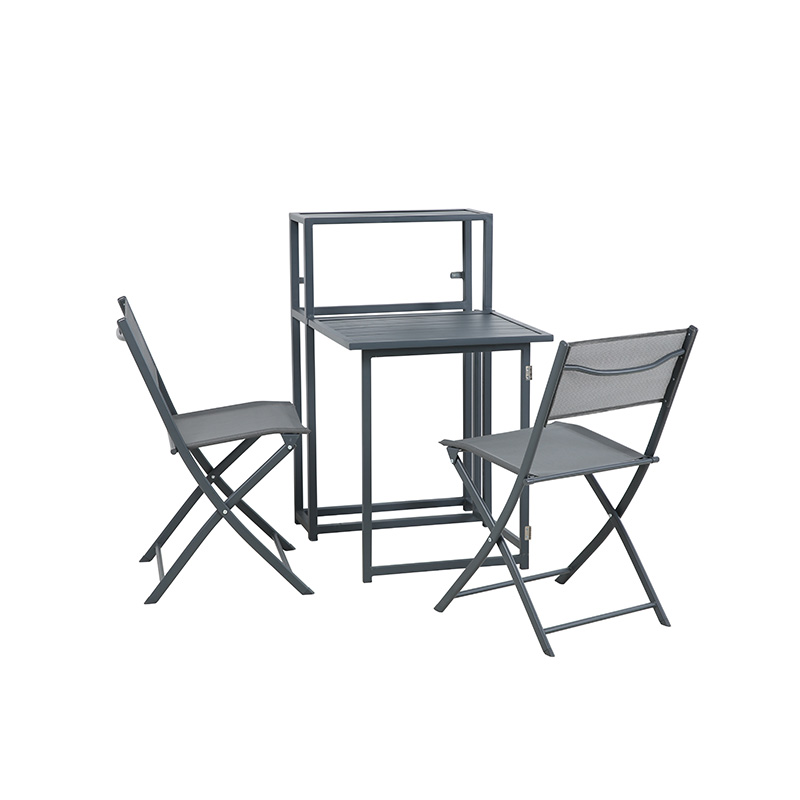
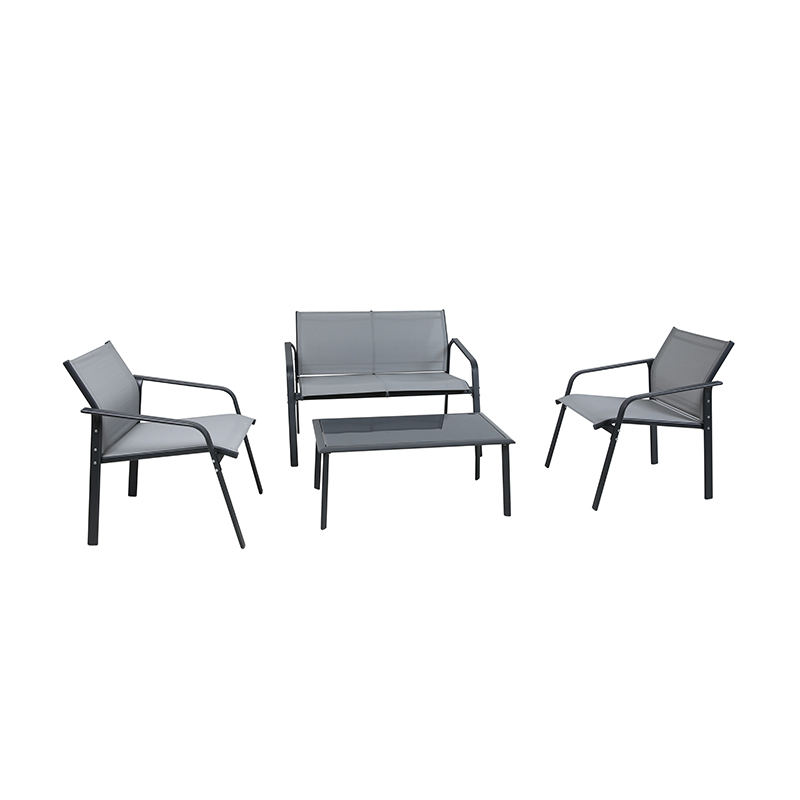
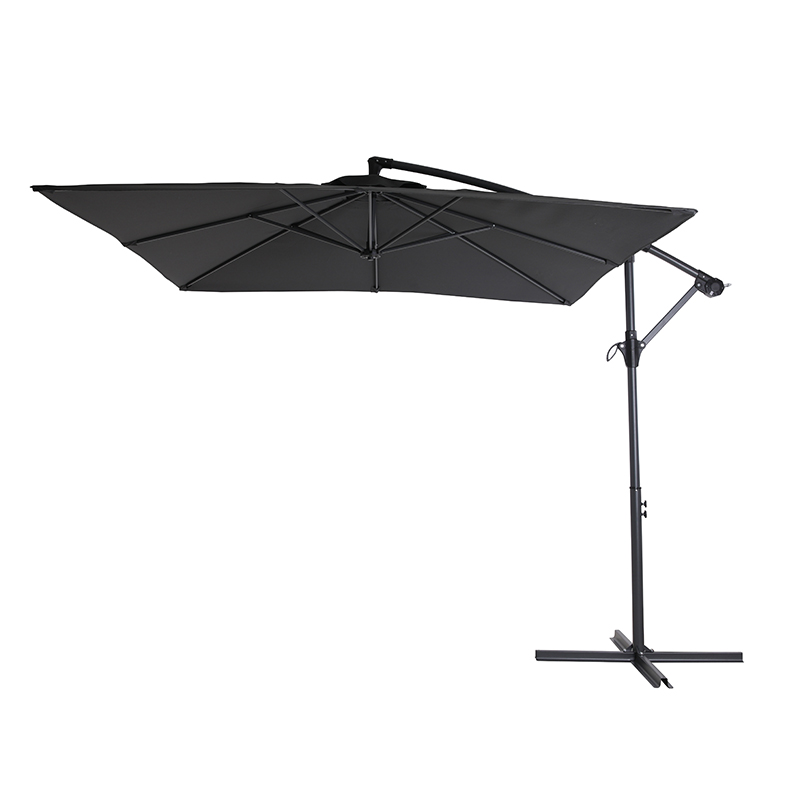

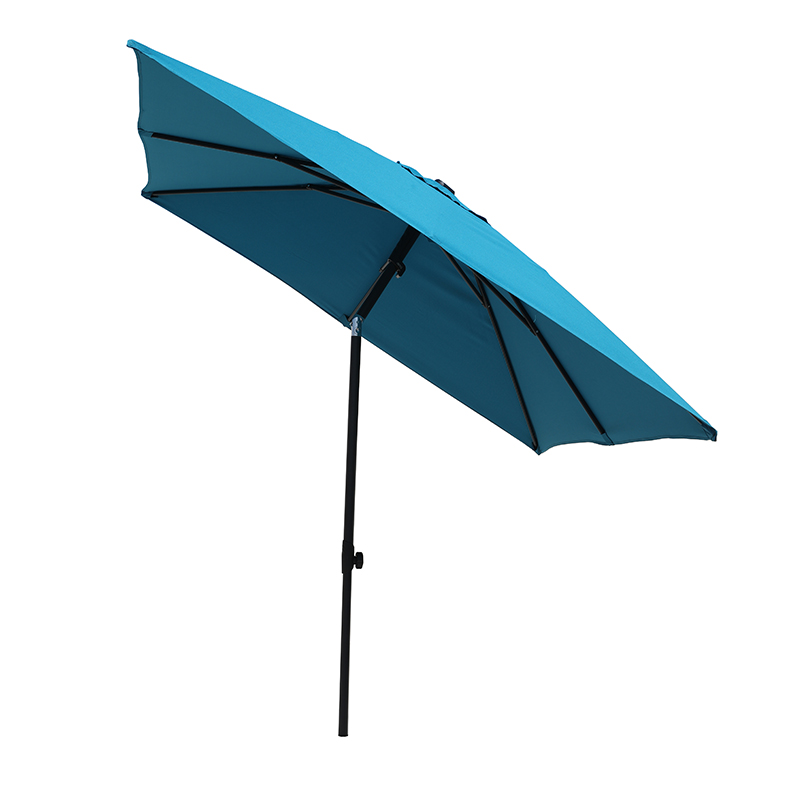
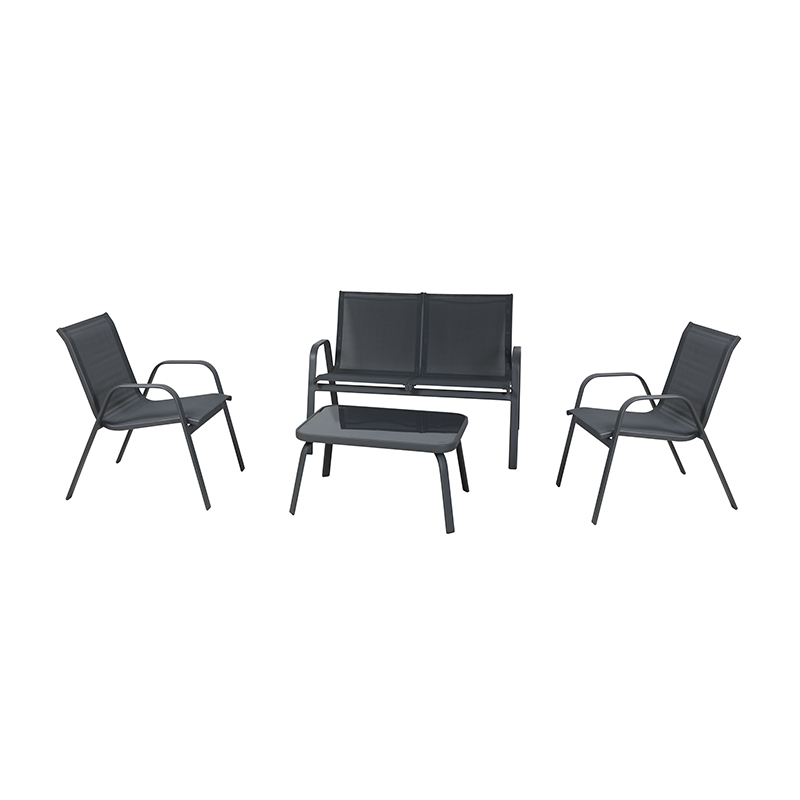
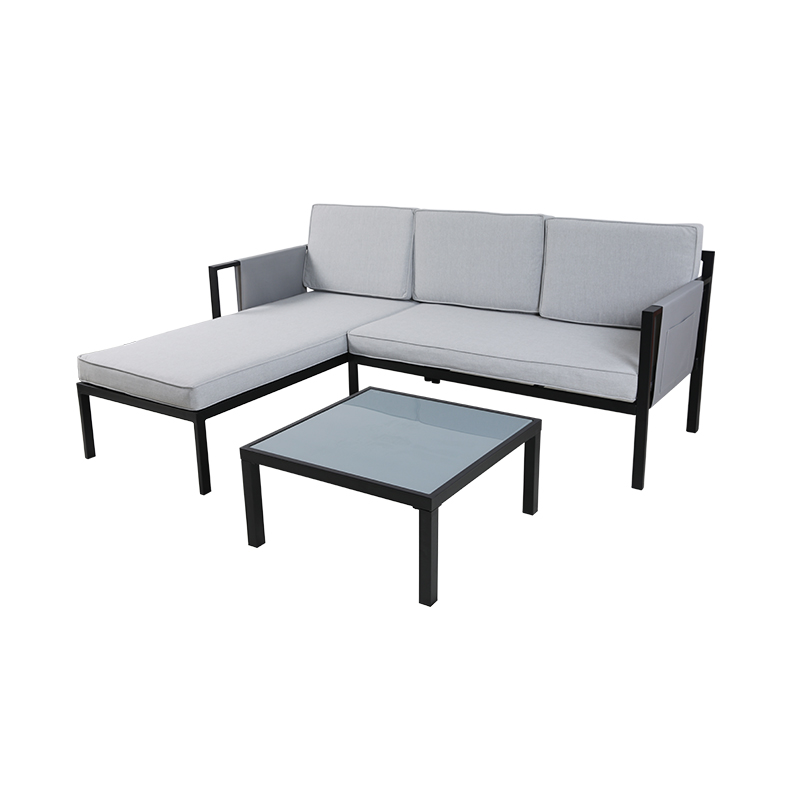
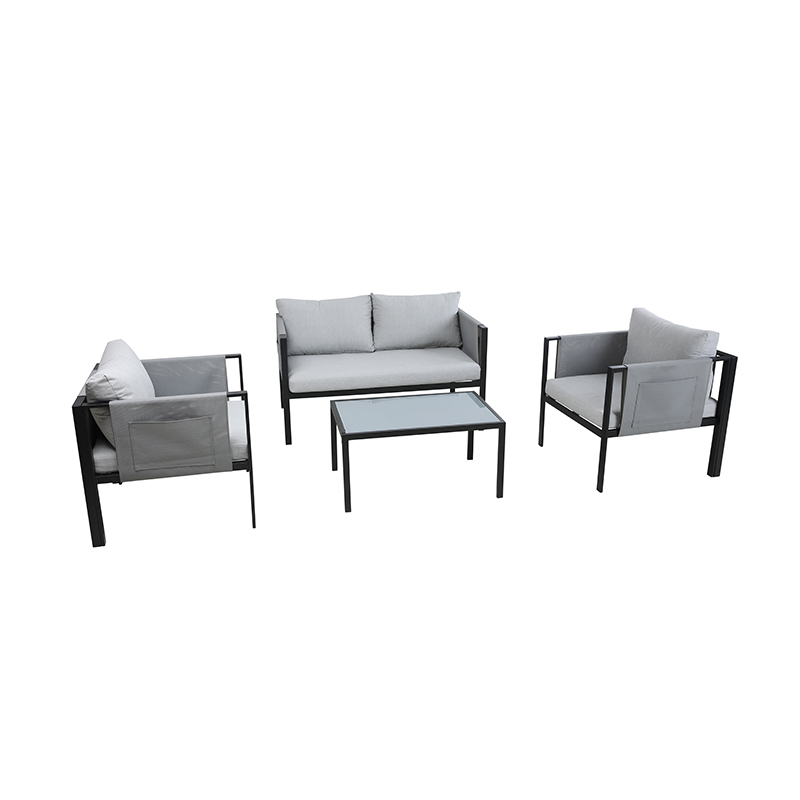

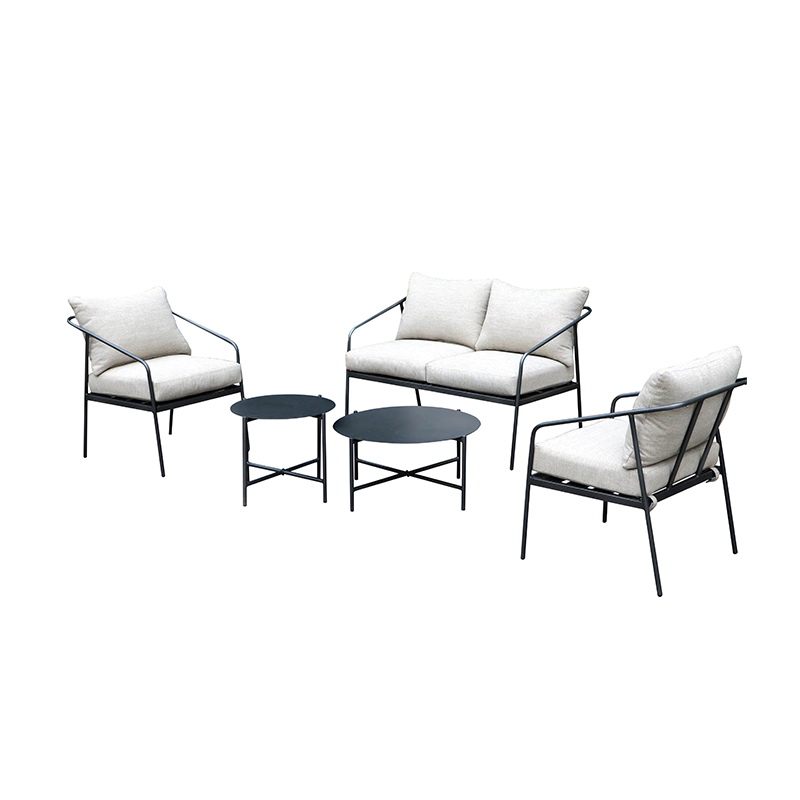
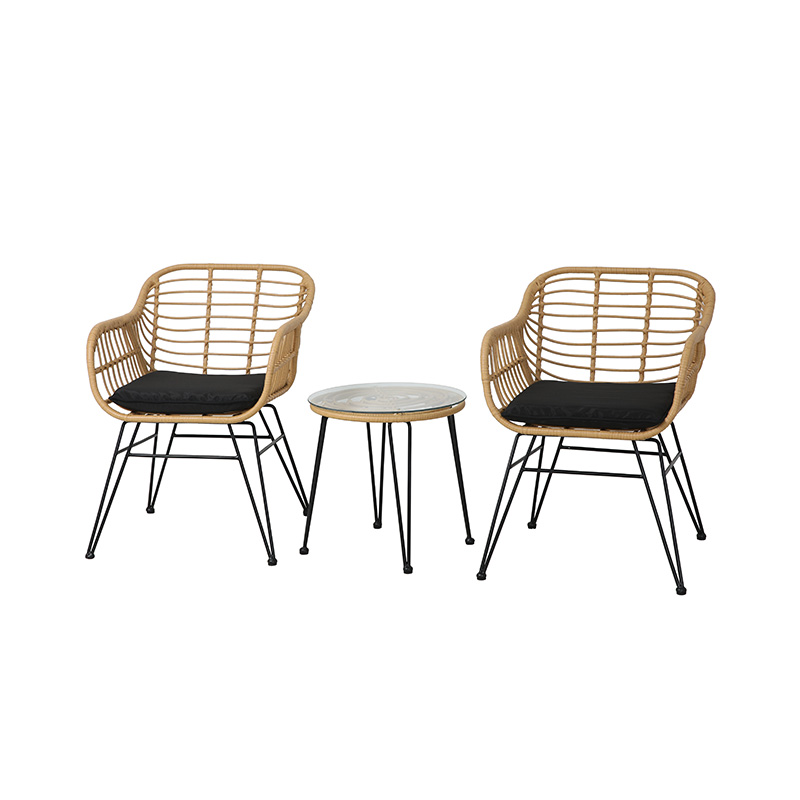

 Tel
Tel  Email
Email  ADDRESS
ADDRESS 














